-
Places to go
-
Things to do
-
Adventure
Nature
Culture
Wellness
Others
-
-
Festivals & Events
-
Festivals
Event Calendar
-
-
Plan Your Trip
-
Trip Ideas
Travel Details
Book Your Trip
-
- Travel Updates
Kathmandu for spiritual rejuvenation
Kathmandu is not just the administrative or political, but also the religious and cultural capital of Nepal. Nestled within the dense green hills and surrounded by majestic mountains in the backdrop, Kathmandu is a vibrant city with many temples, shrines, stupas, ashrams and ancient structures. Not limited to its pleasant weather throughout the year and colourful festivals almost every week, it is also one of the holiest cities that exudes energy and aura to visitors. It is the place where many people visit to find a spiritual refuge.
Be it the UNESCO listed world heritage sites, powerful deity shrines and Narayan temples or the living goddess Kumari, people have been visiting Kathmandu to seek blessings, solace and transformation. The serene city, with peaceful yet chaotic vibes, offers one a space and opportunity for peace and spiritual rejuvenation.
Pashupatinath Temple
Pashupatinath is almost like a synonym for Kathmandu. The temple on the banks of the holy River Bagmati is the most revered Hindu temple for all the Hindu devotees of the world. The temple dedicated to Lord Shiva, the supreme God, is visited throughout the year in his devotion. Since the most important festival observed in Pashupatinath is ‘Shivaratri’ or ‘the Night of Lord Shiva’, this is the perfect season to visit the temple and indulge in its sacredness and seek blessings. From the evening Bagmati Aarati to the scene of live cremation at Aryaghat, all the corners of Pashupati are lively and offer much more to spiritual seekers and pilgrims. In addition, there are also several other temples in the Pashupat Chhetra complex.
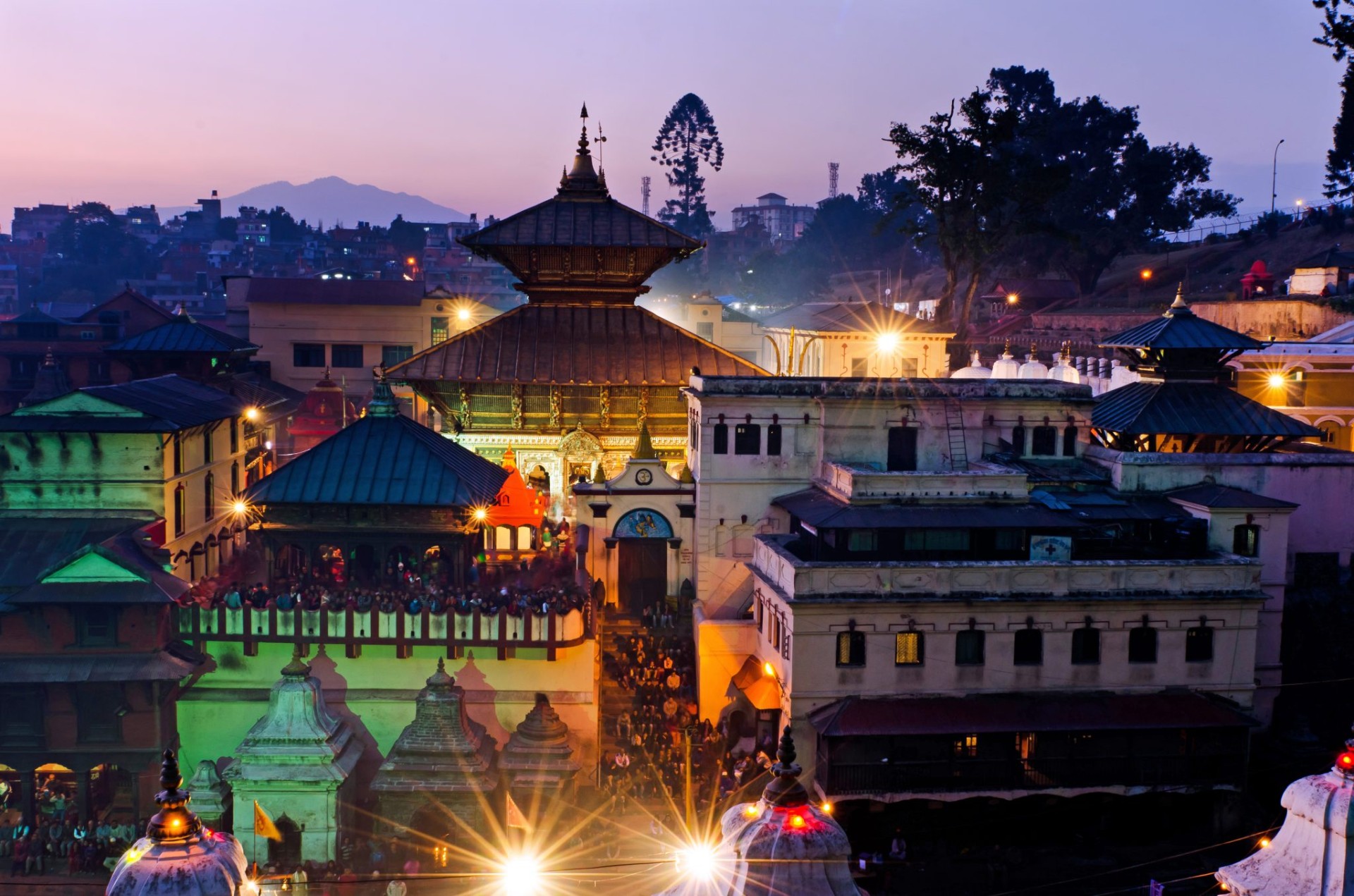
Char Narayan Temples
Char Narayan Temples in Kathmandu Valley refer to the religiously significant temples dedicated to Lord Vishnu. The Narayans include 1) Ichangu, 2) Changu 3) Bisankhu and 4) Sesa (Sikhara). These temples were built by Licchavi rulers, devout Vaishnavas, from late BC to early AD. These temples are mostly perched on hilltops surrounding the four corners of the Valley, and it is believed that they protect the Valley from the evils. Vishnu temples have special significance as per ancient Hindu scriptures as the infinite presence of Vishnu is regarded as a source of the universal spirit.
The Changu Narayan Temple is one of the four Narayan temples, which is also a UNESCO World Heritage Site. The temple is located atop a hill in Bhaktapur district, some 12 km east of Kathmandu. The complex has several temples which are rich in intricate wood and stone carvings. There is a beautiful bas-relief of Vishnu mounting on the back of the Garuda which dates from the 12th century. There is also a stone tablet Shilapatra, which is regarded as the oldest such inscription discovered in Nepal.
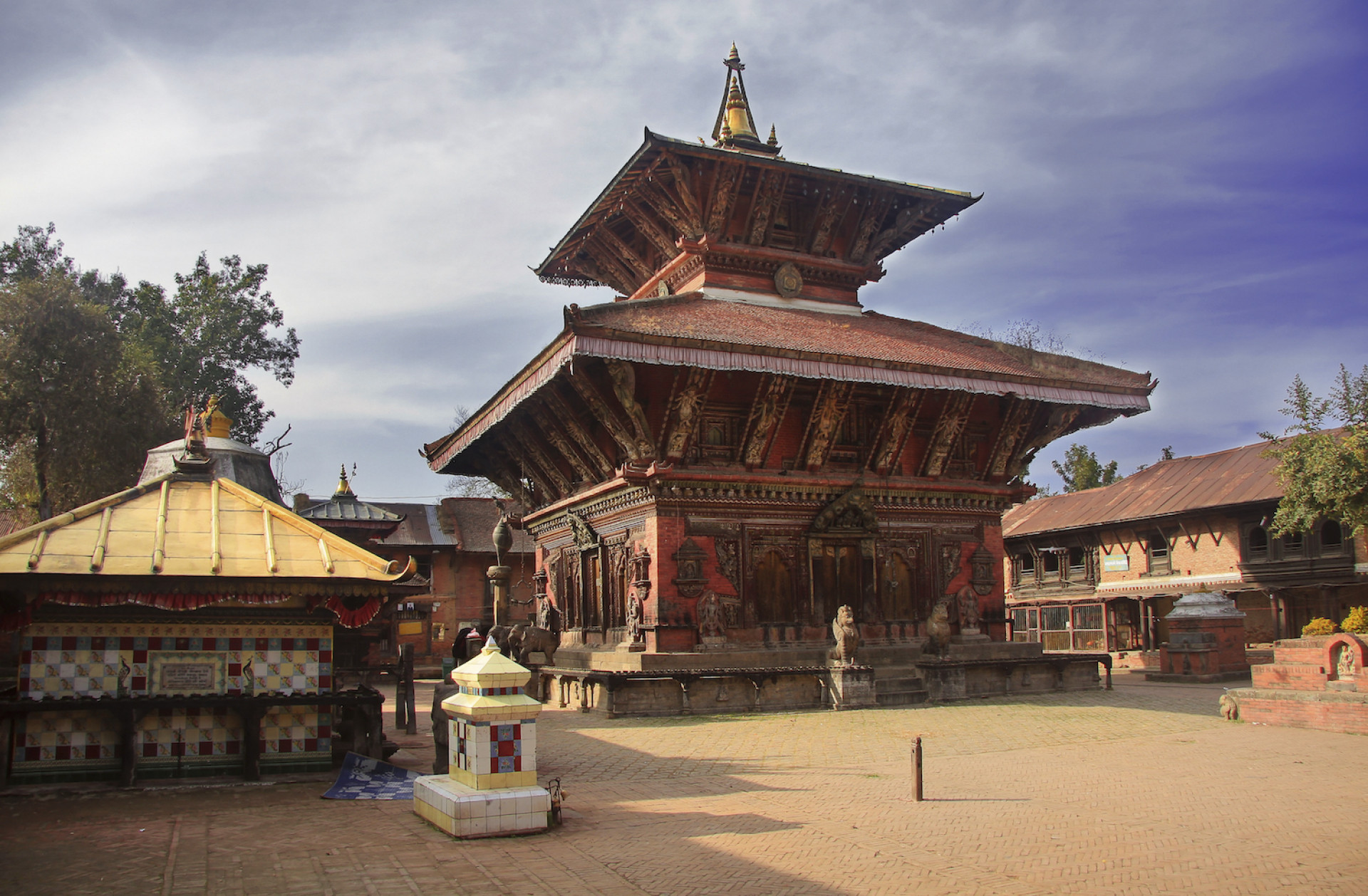
Ichangu Narayan is one of the four Narayans located in the Kathmandu Valley. Ichangu is one of the thousands of names of Lord Vishnu. The two-storey temple of Ichangu Narayan is located about three kilometres northwest of Swoyambhu Stupa in Kathmandu. It is believed that the image of Ichangu is of the late Malla period.
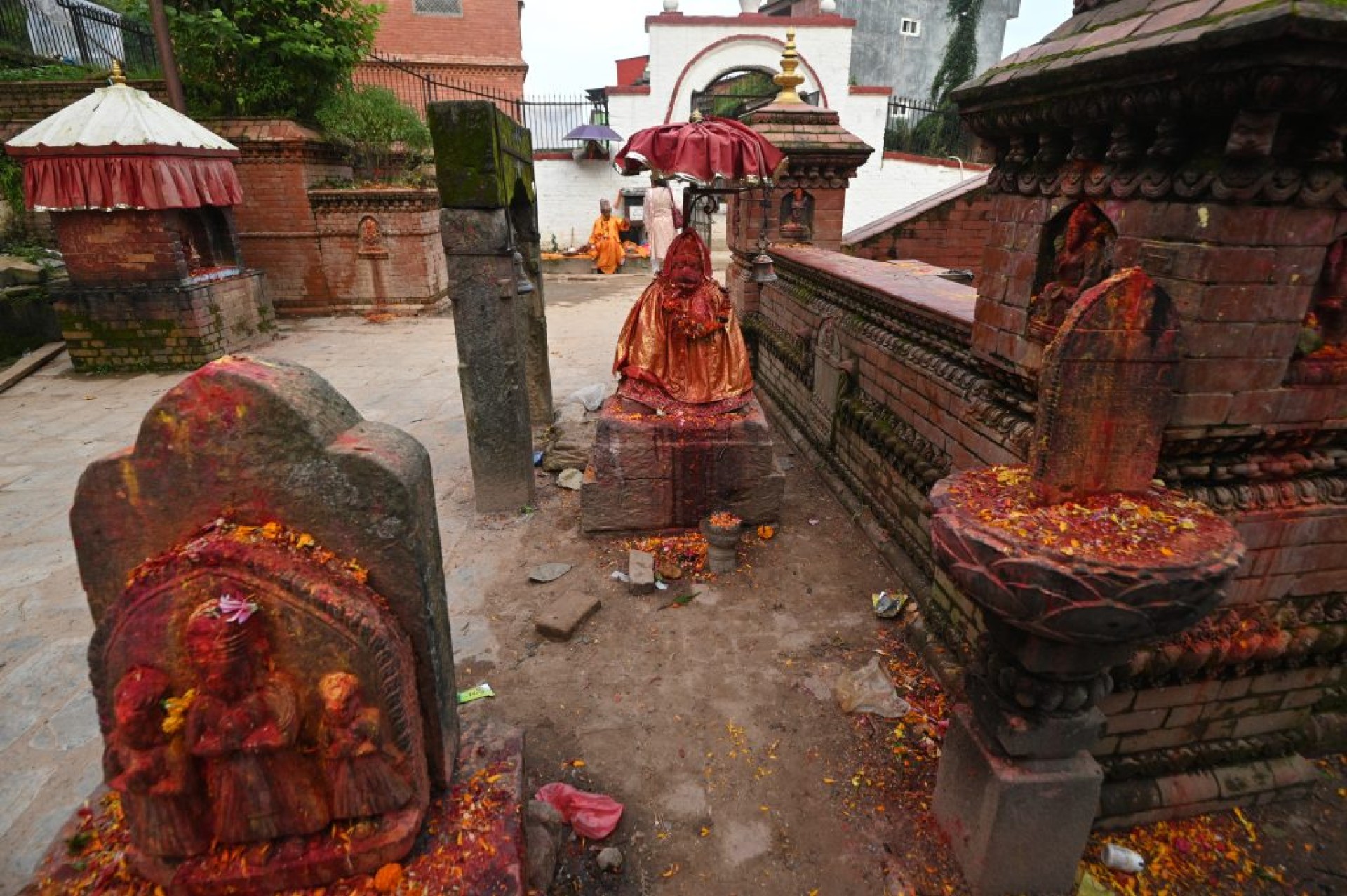
Bisankhu Narayan is another Narayan temple on the list, which is said to have been built by the Lichhavi King around 43-143 AD in the Lalitpur district. The temple has a plain rock which is worshipped by Lord Vishnu. As per Hindu mythology, the hillock structure was formed near the temple when Lord Vishnu defeated the demon Bhasmasura.
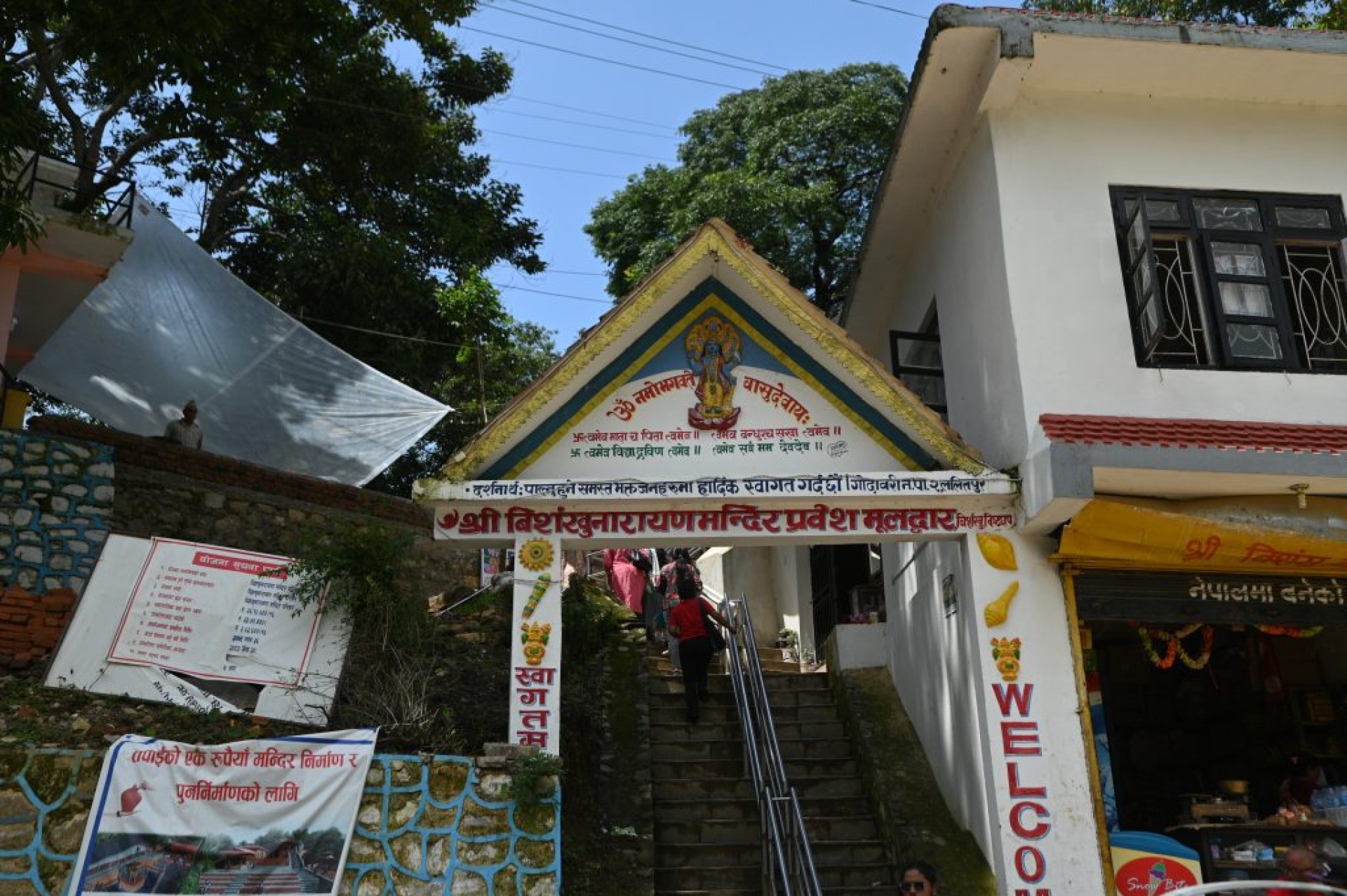
Shesh Narayan is one of the four Narayan temples in the valley which is located in the medieval town of Pharping. The shrine is nestled under a cliff face sharing its boundary with the Buddhist monastery. There are five small ponds in the temple complex with the largest pool being known as Basuki Kunda.
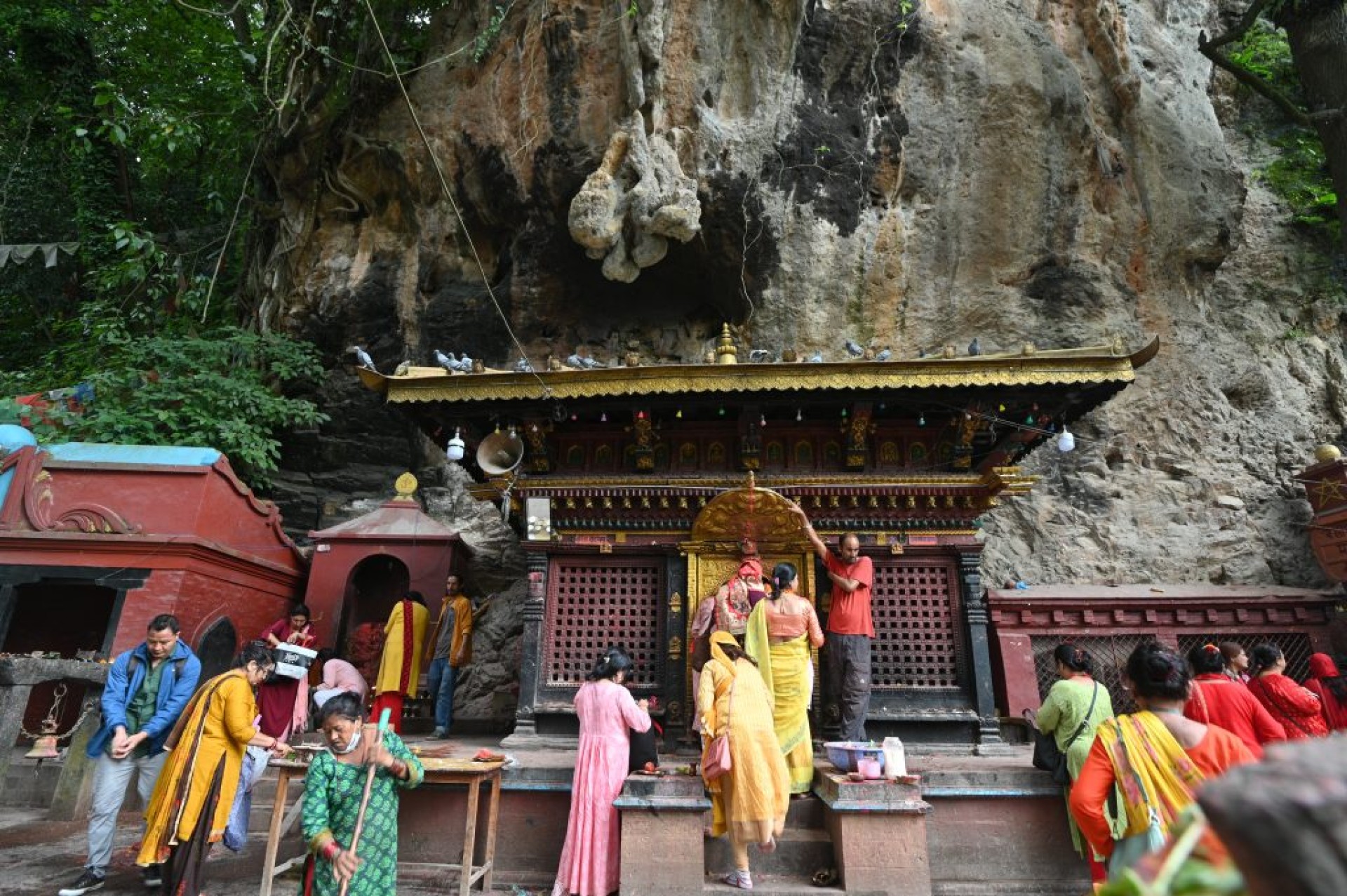
Budhanilkantha
Another significant Narayan temple in Kathmandu Valley is Budhanilkantha, also known as Narayanthan. This site is located at the foot of the Shivpuri hills in the northernmost part of the Kathmandu Valley. The site has the largest stone statue of Lord Vishnu reclining on a bed of snakes in the middle of a pond. The five-meter-long granite image carved out of a single rock dates back to the Lichchhavi period. This holy site is a must-visit for the Hindu devotees, especially during Ekadashis.
Temples and Durbar Squares
Apart from these, Kathmandu is also home to several Devi temples, known for strength and powerful energy. There are also famous Durga temples in Kathmandu, symbolizing nine deities of Goddess Durga. Some of the most popular Devi temples are Guheshwari, Bhadrakali, Maitidevi, Sankata and Dakshinkali. These temples symbolize devotion and religious significance and it is believed that they offer divine energy to the devotees.
Besides, the cultural heritage of the Kathmandu Valley is illustrated by monuments and buildings which display the full range of historic and artistic achievements. The UNESCO World Heritage site includes the Durbar Squares of Hanuman Dhoka (Kathmandu), Patan and Bhaktapur and the Buddhist stupas of Swayambhu and Bouddhanath, besides Pashupatinath and Changu Narayan.
As Buddhism and Hinduism developed over the centuries, both religions have prospered in Nepal and produced a powerful artistic and architectural fusion. The religious ensemble of Swayambhu includes the oldest Buddhist monument (a stupa) in the Valley, while Bouddhanath includes the largest stupa in Nepal. These monuments represent an exceptional testimony to the traditional civilization of the Kathmandu Valley.
Retaining its ancient traditions, Kathmandu is also blessed by a Living Goddess and is enriched by endless ceremonial processions and events that take to the streets now and then with throngs of devotees seeking blessings.
Come, visit Kathmandu now and rejuvenate yourself, and move toward the paths of spiritual renewal.
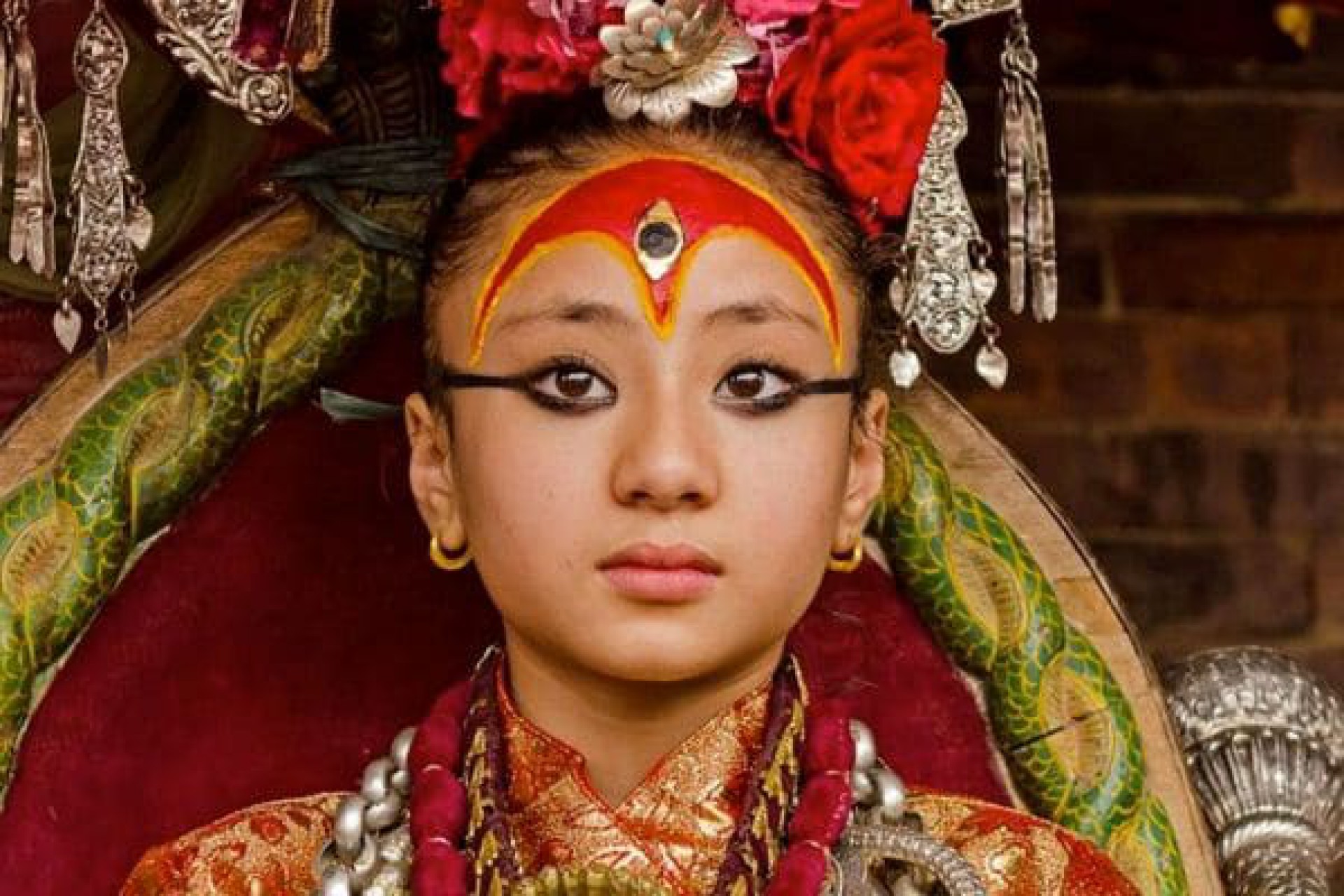
Nepal Tourism Board is a national tourism organization of Nepal established in 1998 by an Act of Parliament in the form of partnership between the Government of Nepal and private sector tourism industry to develop and market Nepal as an attractive tourist destination. The Board provides platform for vision-drawn leadership for Nepal’s tourism sector by integrating Government commitment with the dynamism of private sector.



